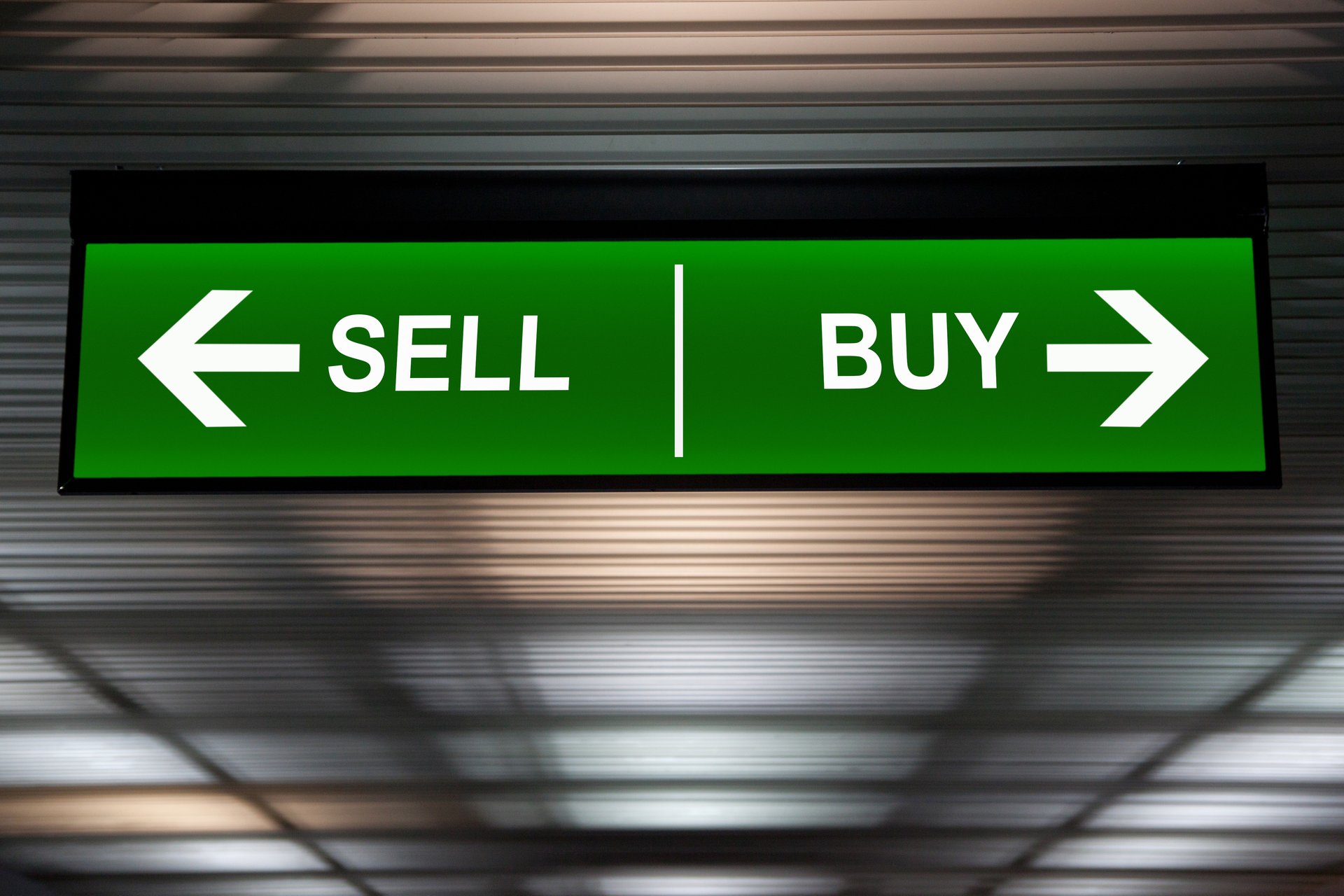
The Dow Jones Industrial Average on Wednesday finally scaled 20,000, an all-time high and a pretty remarkable achievement. After all, less than eight short years ago — on March 9, 2009 — the Dow bottomed out at 6,547.
So, what does the new number mean? The Dow has surged since the election of President Donald Trump. Some forecasters look to the future and see even bigger gains. Stock market historian and finance professor Jeremy Siegel predicted last month that the so-called “Trump rally has a way to run.”
Others see impending disaster. In December, famed market bear Harry Dent predicted the Dow eventually would implode in a spectacular, “once in a lifetime” market crash of more than 17,000 points. That would rival the plunge that kicked off the Great Depression of the 1930s.
Confused? You should be. Even Warren Buffett — perhaps the greatest and most respected investor of all time — has said he is clueless about the future direction of the stock market at any given moment. A couple of years ago, the Oracle of Omaha said:
“I’m no good on what’s going on in markets. I have no idea what will happen tomorrow or next week.”
So should you take your money out of the market and hide it under the mattress? Probably not. Buffett went on to say:
“The important thing is where (stocks are) going to be in five to 10 years. And I’m confident that they’ll be considerably higher in 10 years.”
Money Talks News founder Stacy Johnson has echoed that philosophy in the past. He notes that trying to guess the market’s future direction is folly.
Too often, pessimism leaves us sitting on the sidelines as the market is going up. Or, optimism inspires us to pour too much cash into stocks just as they are about to fall.
Instead, Stacy advocates a slow-and-steady approach to investing:
The best way to approach stock investing is also the simplest — dollar cost averaging, also known as systematic investing. All you have to do is invest fixed amounts, like $100, at regular intervals, such as monthly.
Aesop’s fable of the tortoise and the hare is justly famous because it’s almost always true: A well-considered, methodical approach pays off, even when uncertainty reigns.
Think back to January 2009. The market had been in a free fall for many months, and it seemed like capitalism might soon collapse.
If on Jan. 1 of that year, you somehow screwed up enough courage to put $10,000 into an index fund that tracked the Dow Jones Industrial Average, you would have been “rewarded” with a loss of nearly 14 percent of your money over the next two months.
And you would have felt like a chump.
But let’s say you weathered that storm and held on. Over the next eight years, you decided to continue the Jan. 1 tradition of investing $10,000, while reinvesting dividends along the way. Over that period, your investments would have returned about 14.3 percent annually.
That means that before expenses, your nest egg would have grown from $10,000 on Jan. 1, 2009, to more than $182,000 on Dec. 31, 2016.
In eight short years, you would’ve gone from “chump” to “champ.”
Returns like that are why stocks typically are the place to be, and why Stacy urges you to educate yourself, then begin investing:
“Use money you won’t need for while, get smart and get started. As my dad was fond of saying: You can’t get a hit from the dugout.”
What have you learned about investing over the years? Share your hard-earned wisdom by commenting below or on our Facebook page.




Add a Comment
Our Policy: We welcome relevant and respectful comments in order to foster healthy and informative discussions. All other comments may be removed. Comments with links are automatically held for moderation.